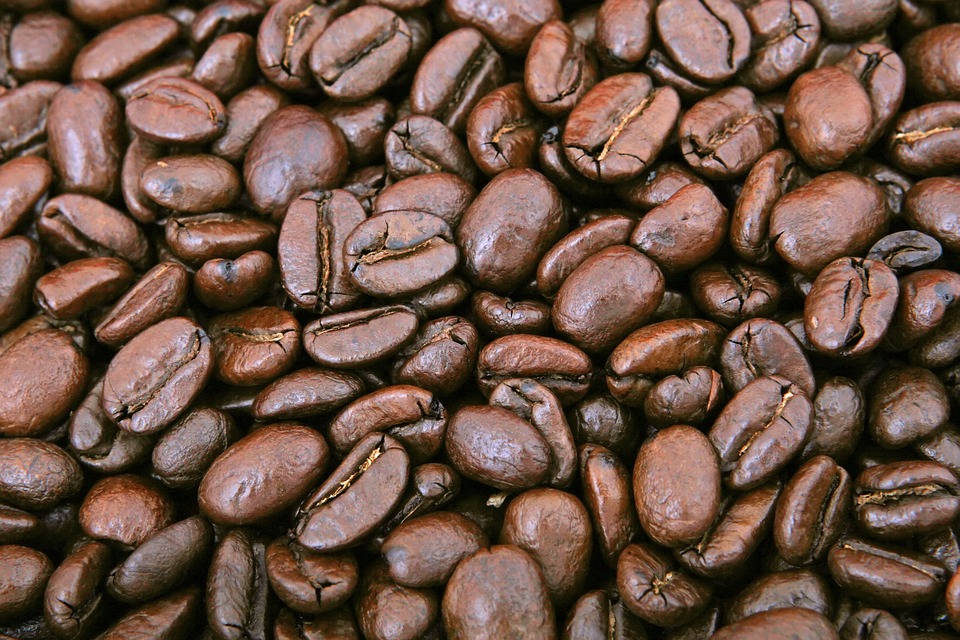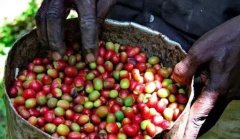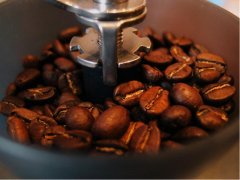Roasting Reaction Change--Coffee Roasting Caramelization

For professional baristas, please follow the coffee workshop (Wechat official account cafe_style)
Raw coffee beans do not contain the special aroma of coffee, so they are not eaten directly and need to be roasted before a large number of volatile aroma substances are produced.
After roasting, the main volatile aroma components of raw coffee beans are more than 660 by analysis, which is the food with the largest variety of volatile aroma components in all foods and beverages. The aromas produced in the baking process, such as hazel, cream and caramel, or with grass, smoking, burning, spice and bitterness, are often volatile substances. In addition, the difference of roasting degree will also affect the flavor characteristics of coffee.
Caramelization is a link that has the greatest impact on the flavor of coffee. After baking for six to seven minutes, raw beans absorb a lot of heat and start the pyrolysis reaction, resulting in the first explosive sound. Some sugars are converted into carbon dioxide, and water continues to evaporate. New aromatic components gradually develop into the so-called coffee oil. And combine with hundreds of aromatic substances such as nicotinic acid, citric acid, quinic acid, malic acid, acetic acid, caffeine and so on.
The pyrolysis reaction can last until the second explosion. Although caramelization is an important process to awaken aromatic elves, with the prolongation of baking time, some ingredients will also be carbonized to form bad astringent substances. How to obtain the highest caramelization and minimize carbonization at the same time seems to be the biggest challenge for bakers.
Important Notice :
前街咖啡 FrontStreet Coffee has moved to new addredd:
FrontStreet Coffee Address: 315,Donghua East Road,GuangZhou
Tel:020 38364473
- Prev

Birthplace of Coffee | know the raw beans of Ethiopia
For professional baristas, please follow the coffee workshop (Wechat official account cafe_style) Ethiopia is the birthplace of Arabica coffee. According to research, wild Arabica grows in the forests of the Kaffa region of Ethiopia. Ethiopians have been drinking coffee longer than anyone else. Coffee is an essential drink in the daily life of the people, and about 50% of the output is mentioned.
- Next

Preservation of raw beans: how to preserve raw beans best
Professional barista communication Please pay attention to the coffee workshop (Wechat official account cafe_style) raw beans put in the freezer, the water inside will freeze to form crystalline tissue moisture can not be retained, so a lot of flavor will run away the best way to preserve: roast while fresh! Second best: after picking raw beans vacuum and then refrigerate the third best: raw beans vacuum directly and then refrigerate the fourth best: raw beans are true
Related
- Beginners will see the "Coffee pull flower" guide!
- What is the difference between ice blog purified milk and ordinary milk coffee?
- Why is the Philippines the largest producer of crops in Liberia?
- For coffee extraction, should the fine powder be retained?
- How does extracted espresso fill pressed powder? How much strength does it take to press the powder?
- How to make jasmine cold extract coffee? Is the jasmine + latte good?
- Will this little toy really make the coffee taste better? How does Lily Drip affect coffee extraction?
- Will the action of slapping the filter cup also affect coffee extraction?
- What's the difference between powder-to-water ratio and powder-to-liquid ratio?
- What is the Ethiopian local species? What does it have to do with Heirloom native species?

